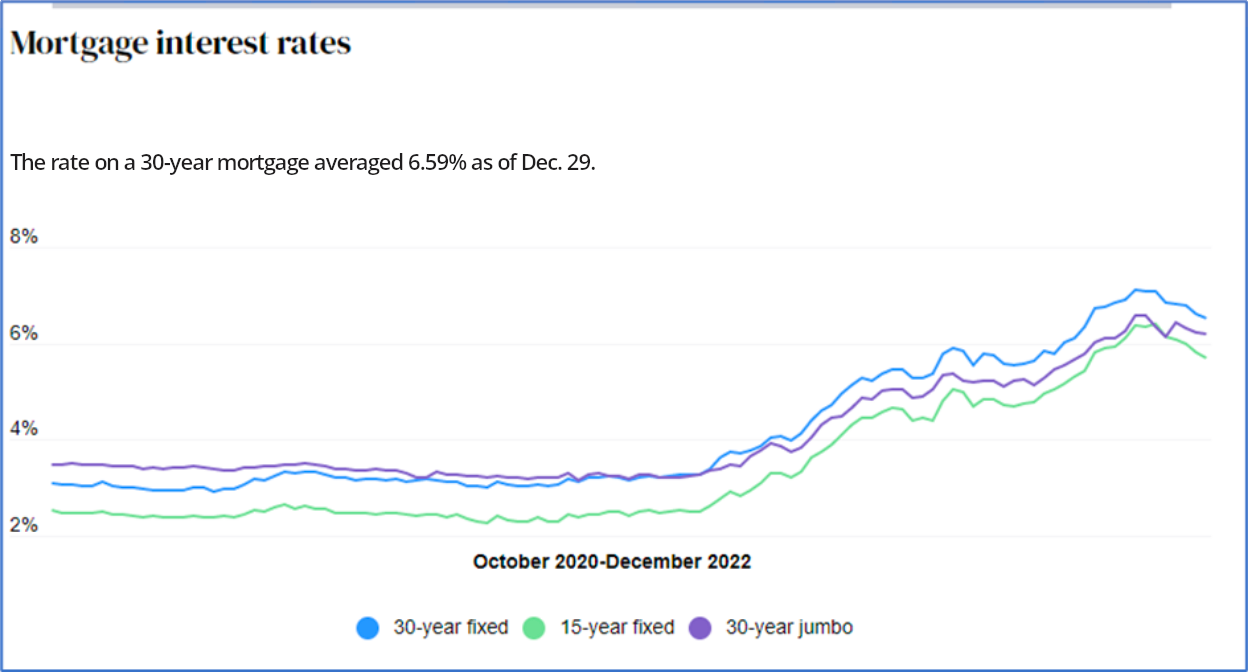We’ve seen a better start to the year for the major market averages, with the S&P 500 (SPY) up over 3% year-to-date and the Nasdaq Composite enjoying an even more impressive 4.5% return.
While some of these gains could be whittled away if we see a disappointing CPI report with higher-than-expected inflation, this is certainly a welcome departure from last year’s mess, with both indexes down over 20% for the first time since 2008.
Unfortunately, not all stocks have participated, and one sector that continues to remain in the doghouse from a sentiment standpoint is the Retail Sector.
Within the sector, the restaurant group has outperformed on hopes of peak inflation and improving demand (lower gas prices), but other retail brands like Chico’s FAS (CHS), with the stock being one of the worst performers year-to-date.
While this is partially attributed to the company’s softer holiday sales numbers, the sell-off is starting to look overdone, and a lot looks priced in here, with the stock trading at a mid-single-digit PE ratio.
Meanwhile, within the restaurant space, Wingstop (WING) may be an outperformer but it is positioned to continue its outperformance with aggressive unit growth and deflation in its core commodity (bone-in chicken wings).
This allowed it to price less aggressively than peers and capture market share despite a challenging backdrop where traffic growth has been elusive, especially while gas prices are hovering above $4.00/gallon.
Let’s take a closer look at both names below:
Wingstop (WING)
Wingstop (WING) began as a small buffalo-style chicken wing restaurant in Texas and has since grown to 1,800+ restaurants, with more than 95% of its system being franchised.
Since going public, the company has outperformed nearly all other restaurant stocks with a 640% return in just seven years. Continue reading "2 Retail Names With Higher Prices Ahead"

